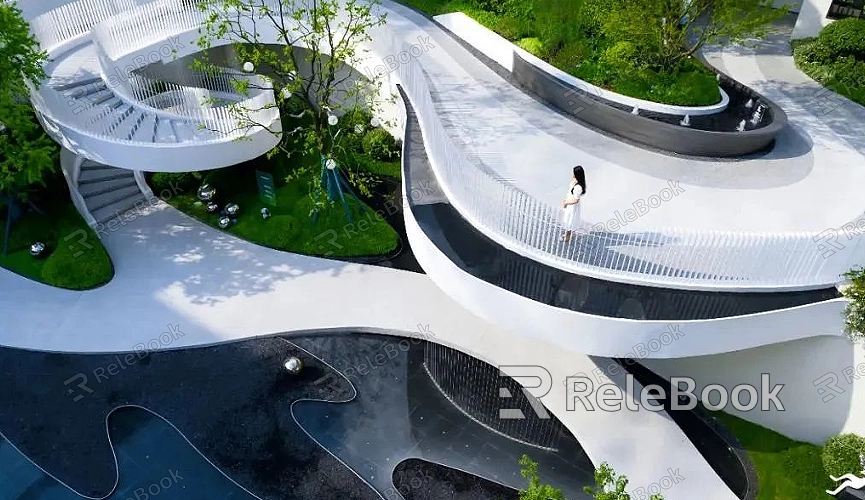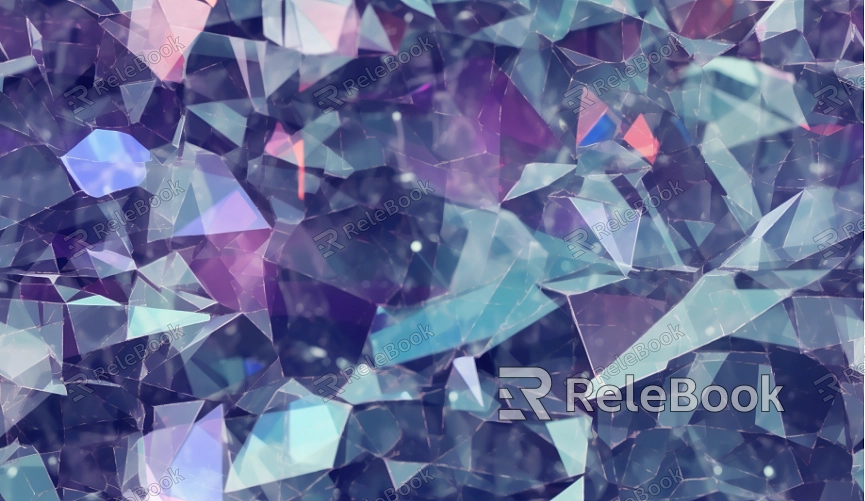How to Add Texture to a 3D Custom Model
Textures not only enhance the visual appeal of a model but also increase its realism and detail. In fields such as game development, animation, and architectural visualization, correctly applying appropriate textures to models can bring projects to life and capture the audience's attention. This article will provide a detailed guide on how to add textures to a 3D custom model, helping designers achieve the best visual results.

1. Choose the Right Texture Resources
High-Resolution Textures: Selecting high-resolution textures is crucial for ensuring detail. Quality textures display rich details even when viewed up close, making models look more lifelike.
Diverse Texture Types: Depending on project requirements, choose from various texture types, such as wood, metal, stone, and fabric. A well-selected combination of textures can enhance visual depth, making the final product more attractive.
If finding high-quality 3D texture resources feels complicated or time-consuming, you can directly visit Relebook to download exquisite textures at https://textures.relebook.com/.
2. Import Textures into 3D Software
Import Texture Files: When using 3D software, the first step is typically to import the texture files into the project. For instance, in Blender, you can select “Import” from the “File” menu and then choose the required texture file.
Create Materials: Create a new material within the software and apply the imported textures to it. Ensure that the material settings meet the needs of the model, such as reflection, glossiness, and transparency.
3. Apply Textures to the Model
Apply Material to the Model: Drag and drop the created material onto the custom model. The software will automatically apply the material and its textures to the model's surface.
Adjust UV Mapping: Ensure that the model's UV mapping is appropriate. A good UV layout prevents texture distortion, allowing the image to fit correctly on the model's surface.

4. Adjust Material Properties
Reflection and Glossiness: Adjust the material’s reflection and glossiness properties as needed to ensure that the textures appear natural under various lighting conditions. Fine-tuning these settings can make the model more realistic in the scene.
Transparency and Detail: If certain parts of the model require transparency, modify the transparency settings in the material properties. Additionally, ensure that detail settings are optimized to highlight the realism of the textures.
5. Set Up Lighting and Shadows
Lighting Configuration: Properly configure the light sources in the scene to ensure that the textures reflect and cast shadows naturally. The angle and intensity of the light directly affect the appearance of the textures, so careful adjustments are necessary.
Shadow Settings: In the material settings, choose an appropriate shadow type (such as soft or hard shadows) to enhance the depth and realism of the scene.
6. Rendering and Post-Processing
Rendering Settings: In the rendering parameters, select suitable rendering engines and settings to ensure that texture details are preserved. Adjust anti-aliasing and quality settings according to project needs to enhance the final output.
Post-Processing Effects: After rendering, consider applying post-processing effects, such as increasing contrast and saturation, to make the textures appear more vivid. Adding effects like glows or particle effects can further elevate the visual appeal.
By following these steps, you can effectively add textures to a 3D custom model, significantly improving its quality and the professionalism of your project. This article provides a series of practical methods and tips to help you achieve a more natural and realistic visual effect in 3D modeling and rendering.
If you’re looking for high-quality 3D texture resources or want to explore more about models and virtual scenes, Relebook is an excellent choice. Download textures and models from Relebook to achieve outstanding visual results in your projects.

